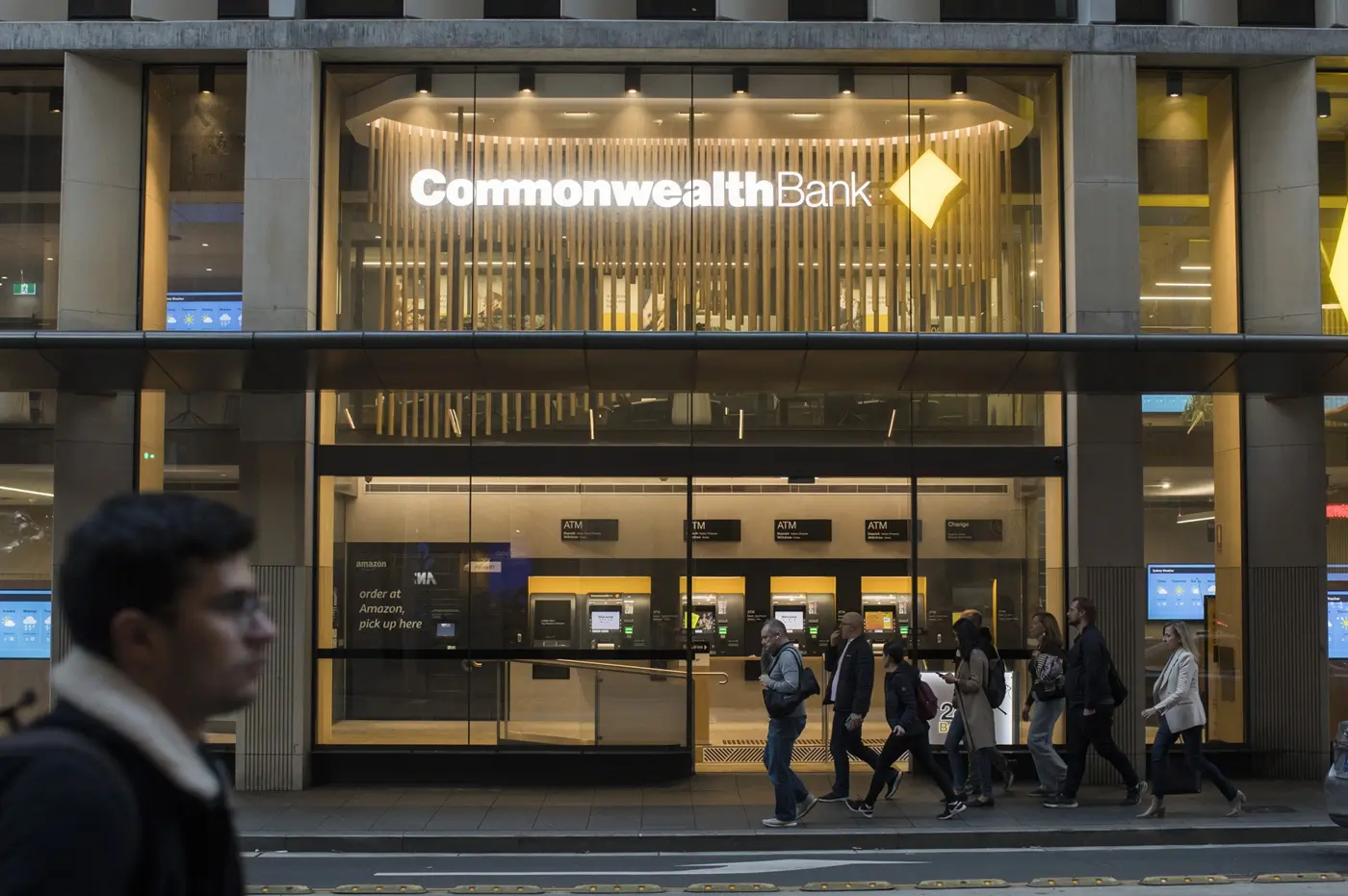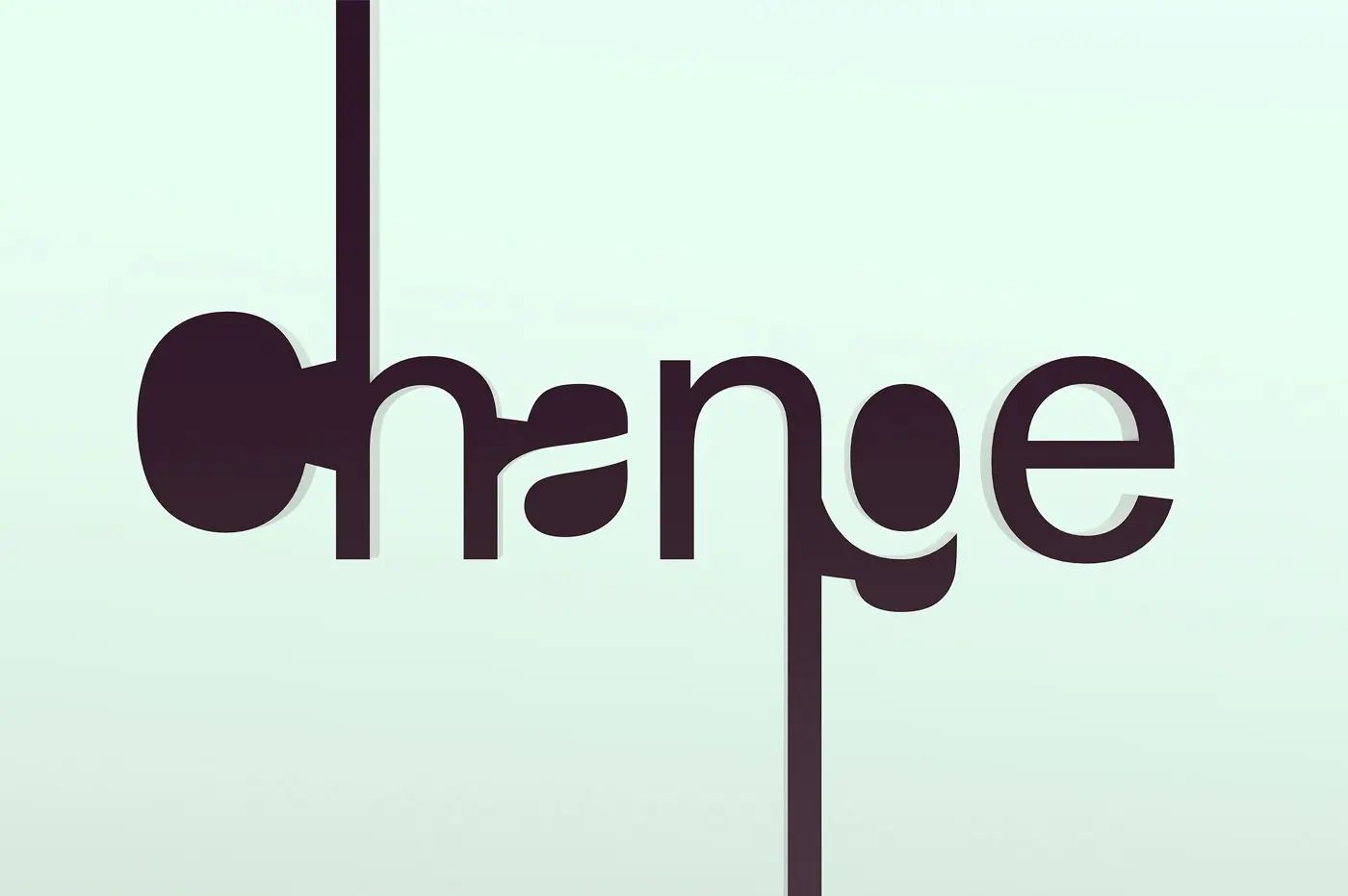In today’s digital era, traditional marketing approaches are undergoing significant transformations. Consumer behaviour has shifted dramatically with the further rise of digital technology and platforms. Companies like Hello Brands recognise the importance of understanding the intricate nuances of this shift to remain relevant and competitive. One fundamental aspect of this transformation is the customer buyer’s journey.
What is the Customer Buyer’s Journey?
Let’s grasp the concept before delving into the nuances of the digital revolution. The customer buyer’s journey is a three-phase process that consumers navigate when deciding on a purchase:
- Awareness: This is when potential customers recognise a need or problem but need help to solve it. They begin seeking more information about their problem and possible solutions.
- Consideration: At this stage, consumers have a clearer understanding of their problem and are exploring various options to address it. They might compare different products, services, or solutions.
- Decision: Finally, the consumers have evaluated their choices and are ready to purchase.
Digital Channels: Becoming the Norm Rather Than the Exception
Recent studies highlight a pivotal trend: digital channels are not just supplementary touchpoints but have become central to all stages of the customer buyer’s journey.
Awareness:
Instead of stumbling upon a product in a store or seeing it in a print ad, today’s consumers might first hear about it via social media, an online ad, or a search engine. Digital channels offer a plethora of information, often more than offline avenues.
Consideration:
Comparison websites, online reviews, video demonstrations, webinars, and blogs have become invaluable resources for consumers. The internet has democratised access to vast amounts of data and opinions, making it easier for consumers to compare and contrast potential solutions.
Decision:
Even at this final stage, digital platforms play a critical role. Online reviews, testimonials, and peer advice can heavily influence a purchase. Many consumers also finalise their purchases online, prompted by seamless e-commerce experiences and digital payment options.












